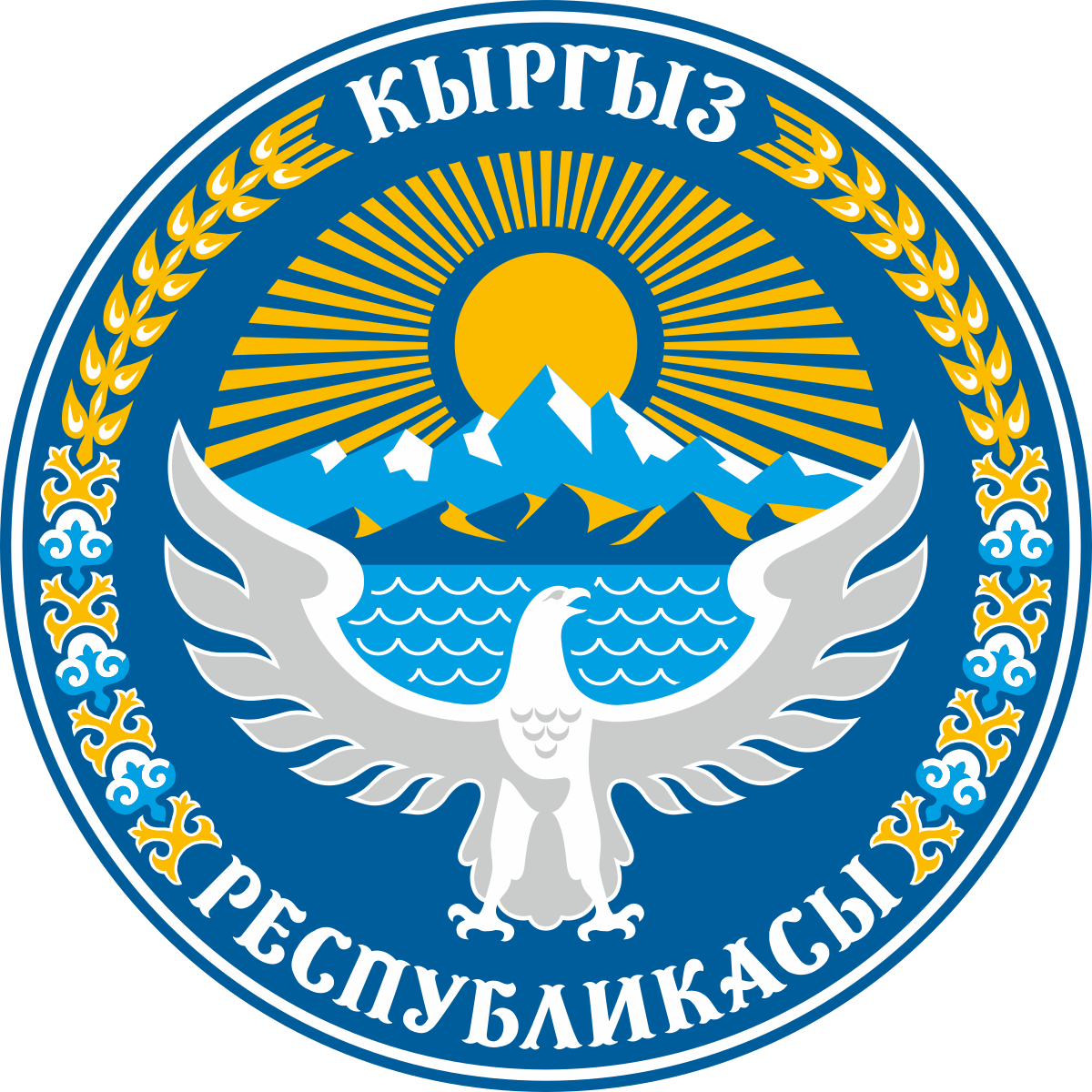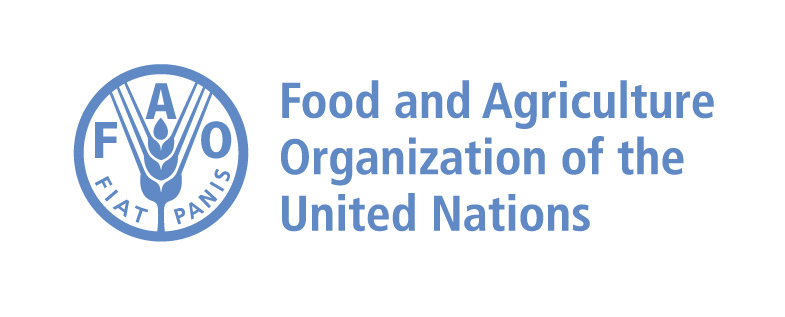A Central Asian country of incredible natural beauty and proud nomadic traditions, most of the territory of present-day Kyrgyzstan was formally annexed to the Russian Empire in 1876. The Kyrgyz staged a major revolt against the Tsarist Empire in 1916 in which almost one-sixth of the Kyrgyz population was killed. Kyrgyzstan became a Soviet republic in 1936 and achieved independence in 1991 when the USSR dissolved. Nationwide demonstrations in the spring of 2005 resulted in the ouster of President Askar AKAEV, who had run the country since 1990. Former Prime Minister Kurmanbek BAKIEV overwhelmingly won the presidential election in the summer of 2005. Over the next few years, he manipulated the parliament to accrue new powers for the presidency. In July 2009, after months of harassment against his opponents and media critics, BAKIEV won reelection in a presidential campaign that the international community deemed flawed. In April 2010, violent protests in Bishkek led to the collapse of the BAKIEV regime and his eventual flight to Minsk, Belarus. His successor, Roza OTUNBAEVA, served as transitional president until Almazbek ATAMBAEV was inaugurated in December 2011, marking the first peaceful transfer of presidential power in independent Kyrgyzstan's history. Continuing concerns include: the trajectory of democratization, endemic corruption, poor interethnic relations, border security vulnerabilities, and potential terrorist threats.
Under the 2010 Constitution, ATAMBAEV is limited to one term, which will end in 2017. Constitutional amendments passed in a referendum in December 2016 include language that transfers some presidential powers to the prime minister. Disagreement over the constitutional amendments compelled ATAMBAEV’s ruling Social Democratic Party of Kyrgyzstan to dissolve and create a new majority coalition in the Jogorku Kengesh that excluded opposition parties critical of the amendments.
Kyrgyzstan is a parliamentary republic.
Source: CIA World Factbook
Members:
Resources
Displaying 71 - 75 of 85Instruction on system-based registration of rights to immovable property located outside residential areas.
This Instruction establishes the modalities of system-based registration of rights to immovable property located outside residential areas. System-based registration includes inspection of the plots of land divided into shares, elaboration of cadastre plans and registration files, and issuance of registration certificate.
Ministerial Decree No. 427 validating the Regulation on purchase and sale of agricultural land.
This Ministerial Decree regulates purchase and sale of agricultural land pertaining to public and private ownership. Purchase and sale of the plots of land shall be carried by owners otherwise it can be carried out by third party in accordance with notarized letter of authority. Sale of agricultural land polluted with chemicals and radioactive substances exceeding maximum allowed limits shall be prohibited. Purposeful use of agricultural land after transaction shall be preserved along with existing servitude.
Instruction on concession of land for construction of health resorts, rehabilitation, recreational and tourist sites.
This Instruction shall be applicable to concession of land located in the protected area of Issyk Kul for construction of health resorts, rehabilitation, recreational and tourist sites. Temporary concession of land for the aforesaid purposes shall be carried out exclusively through open tenders. Each plot of land shall be put on sale as a separate lot. Boundaries of the plot of land put on sale shall be coordinated with adjacent land tenants and landowners.
Ministerial Decree No. 252 validating the Regulation on management of water fund land.
This Ministerial Decree establishes that water fund land shall be considered public land occupied by waterbodies (rivers, lakes, water reservoirs, channels, waterworks) and also land along shoreline of waterbodies and water conservation zones. Water fund land shall be used for rational use, conservation and improvement of water resources. Water fund land shall be allotted for open-ended or temporary (for the period from 5 to 10 years) tenancy by decision of local administration or government.
Ministerial Decree No. 271 validating the Regulation on water conservation zones and water belts.
This Ministerial Decree establishes the modalities of establishment of water conservation zones and water belts, management of land of water conservation zones and water belts, and also responsibility for keeping thereof. Boundaries of water conservation zones and water belts shall be established with the consideration of physical, geographic, soil, hydrogeological conditions, and purposeful use of waterbodies and also with the consideration of the interests of water users. The aforesaid boundaries shall be mapped.


